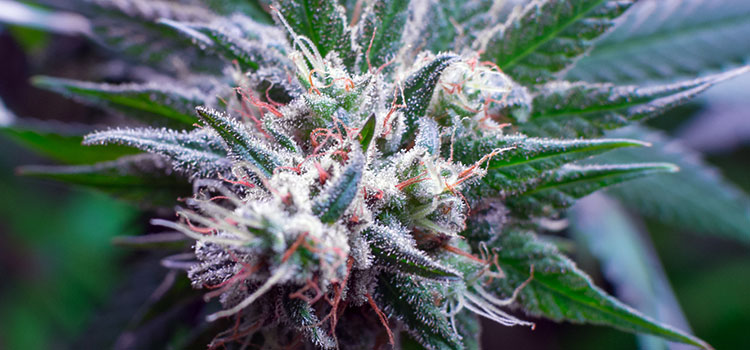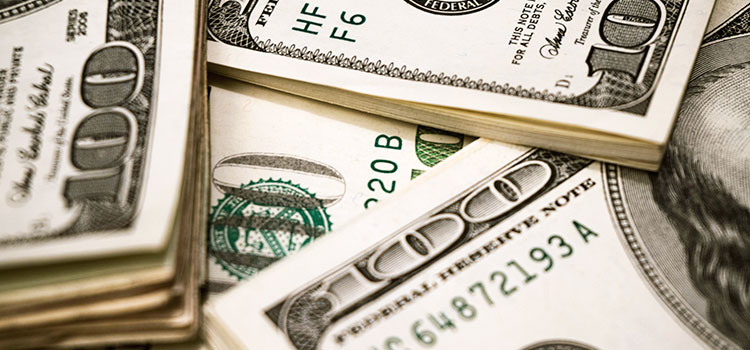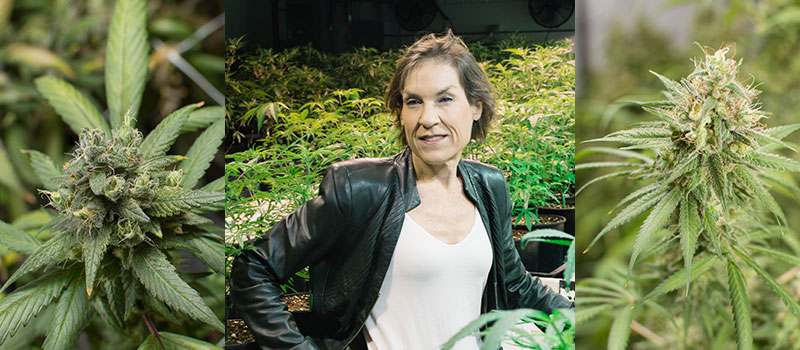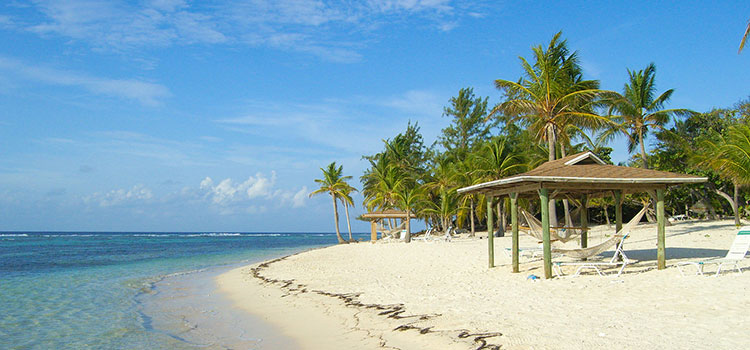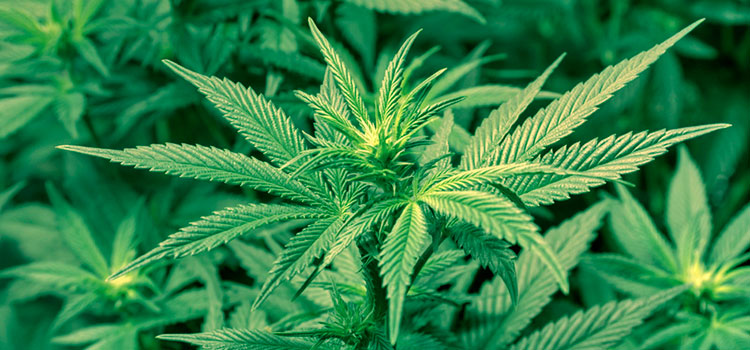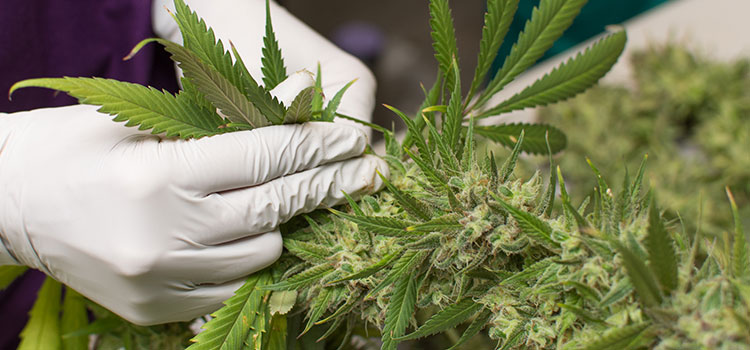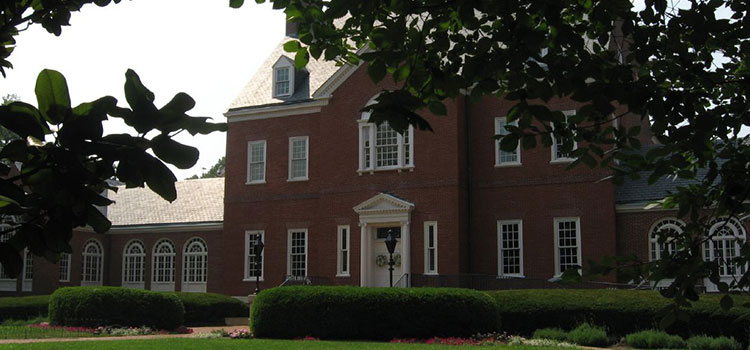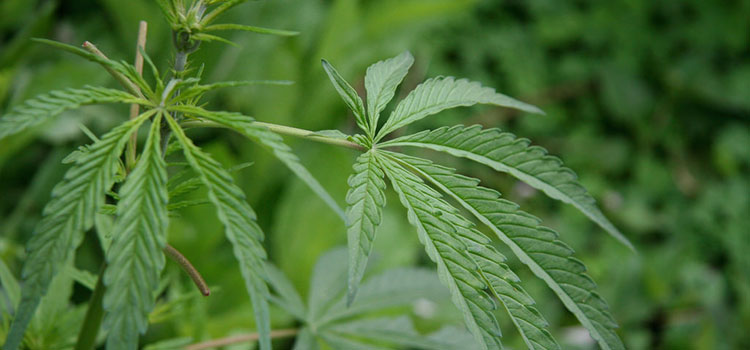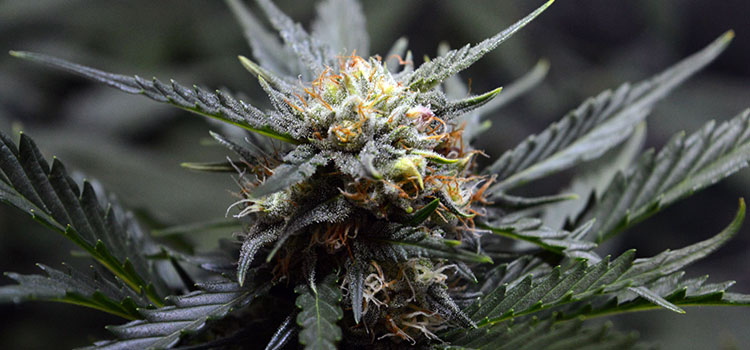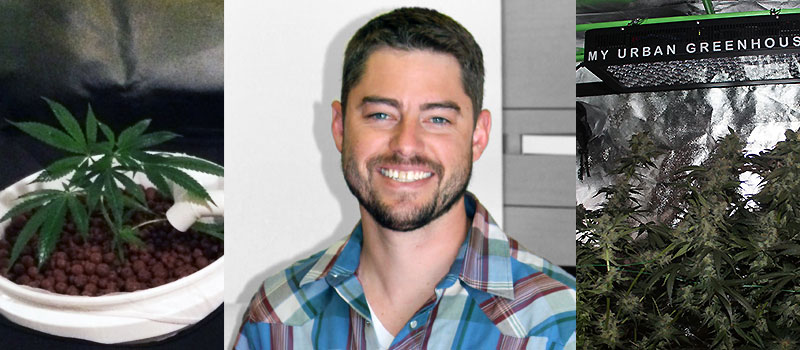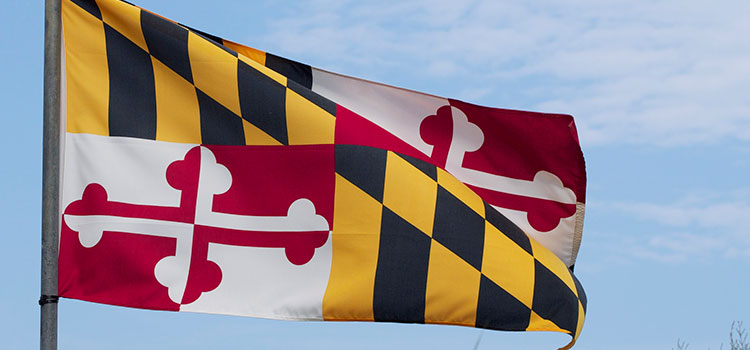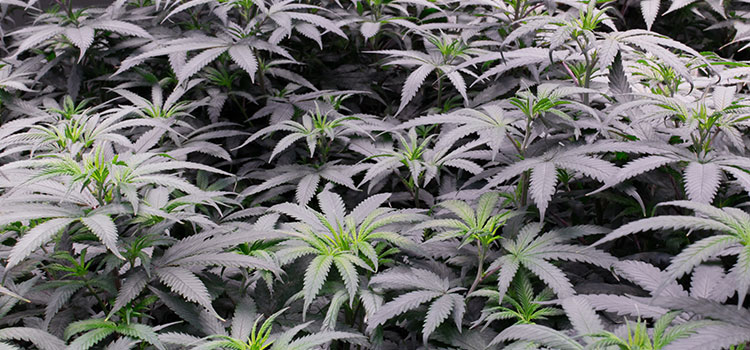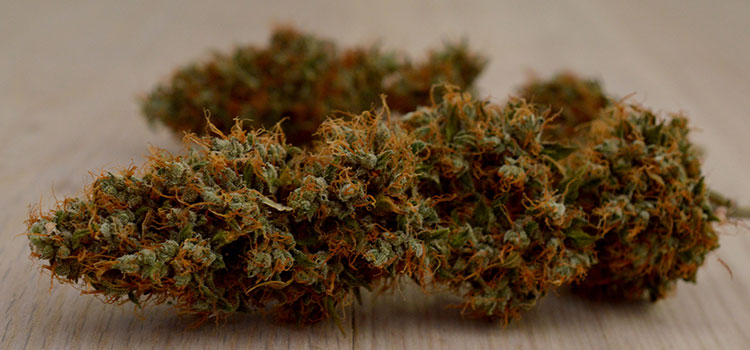Brandon Cassens is Founder of My Urban Greenhouse — an urban gardening solution for folks who lack the yard space typically needed for a personal garden, but who still want to take advantage of cannabis home-growing laws in Oregon, Colorado, and other normalized states. My Urban Greenhouse manufactures automated, hydroponic growing systems and ships them around the U.S.
In the following interview, we speak with Brandon about how he has kept the hydroponic growing process sustainable, the differences between targeting consumer vs. commercial cultivators, what My Urban Greenhouse has planned to scale into the future, and other interesting topics.
Keep scrolling down to read the full interview!
Ganjapreneur: Could you describe how My Urban Greenhouse originally came about?
Brandon Cassens: My Urban Greenhouse started in 2011 with the concept of sustainable, urban farming. Steven, Andrew, and I were excited by the huge potential for indoor plant cultivation. We built a robust indoor recirculating aquaponics system with flood and drain grow beds, raft systems, and traditional HID lighting. The high electric cost of running that indoor system with HID lighting resulted in the building of a 640 square foot aquaponics greenhouse. In the process of these builds, we experimented with every variation of hydroponics and did extensive research on energy efficient LED lighting solutions. When cannabis laws started changing in Oregon, we utilized our experience developing hydroponic systems to produce the HomeGro system.
What type of grow systems does the company provide? Which is your most popular product?
My Urban Greenhouse systems are automated, hydroponic growing systems that include everything a person needs to get growing. Designed for indoor growing, our smallest system is only 2ft wide, 2ft deep and 4ft tall. It’s a perfect solution for urban dwellers with limited space. All of our systems include energy efficient LED Lighting with a customized spectrum specifically for the cannabis plant. Our LED lights will grow all plants successfully, but the cannabis plant requires unusually high levels of the red spectrum to produce high quality flower. This is the reason our lights have one switch for vegetative growth that provides a full spectrum of light and a second switch for the bloom/flowering stage that pumps a huge amount of additional red light on to the plants.
Our most popular product is the HomeGro. The HomeGro requires 10 minutes of maintenance per week, costs less than $10 per month in electricity, and will easily provide new growers with more than 1 ounce of dried flower per month. We have had experienced growers producing over 16 ounces in a 3 month grow cycle. The HomeGro footprint is 2ft deep, 4ft wide and 7ft tall so it still easily fits against a wall indoors.
How does My Urban Greenhouse work to offset the potentially negative environmental effects from an indoor grow op?
The largest impacts of an indoor grow operation on the environment are high levels of water and energy consumption. We developed all of our systems with sustainability in mind. We only utilize recirculating hydroponic systems which reduce water consumption by 90% compared to traditional agriculture. Our LED lighting solutions reduce electrical energy consumption by up to 70%. These LED lights use less energy to provide the same amount of light to the plants. They also produce very little heat which reduces the need for energy consuming fans and air conditioning units that are required when using traditional HID lighting. By minimizing the required water and electric inputs, we provide an environmentally conscious way for home growers to produce their own herb.
Have you experienced any pushback from law enforcement or regulators?
No, we have not had any negative experience with regulators. Our systems allow people to start growing with only 2 plants, which is under the 4 plant limitation set in Oregon. We want people to stay within the regulations and I’d hope that law enforcement would appreciate the products we’re bringing to citizens that allow them to do just that.
How many employees does My Urban Greenhouse have?
My Urban Greenhouse currently has 4 full time employees: The 3 founders/owners (Steven, Andrew, and Brandon) and our newly hired sales person Camden. We’re expecting to generate enough sales to grow our team to 10 employees over the next 12 months.
Have the products you offer today changed from the products you offered shortly after the company’s launch? If so, how?
Great question. The answer is a big YES here. Our product at the time of launch was a $1500 version of the HomeGro system we sell today. It included a complicated metal structure with telescoping legs that allowed the light to be raised as the plants grew. It also included an off the shelf LED grow light that we were purchasing as retail. Our consumer interactions in the first month gave us critical feedback on the direction we needed to go with our products. We focused on two critical areas: Cost reduction and LED Lighting. The HomeGro evolved to include our own line of LED lights and the cost was reduced to $995. People also expressed the desire to grow the full 4 plants they’re legally allowed to grow in Oregon. That resulted in the development of a Sea Of Green style system that allows for a truncated growth of 4 plants. The SOG unit provides more frequent harvests and a smaller footprint that is perfect for apartments and other small living spaces. We’ve even had a customer living in an RV purchase an SOG unit that fit right in their closet!
How far can you ship your products? Is there much out-of-state demand for your products?
We currently ship our products anywhere in the U.S. However, it will cost a bit more if you live in Alaska or Hawaii. We’ve seen a big increase in out of state orders recently. I would say Alaska is definitely our biggest out of state market, but we receive regular inquiries from states in the Midwest and East coast.
What inspired you to focus on indoor cultivation at the consumer level, as opposed to commercial growing?
Over the years, we’ve spent a fair amount of time in our local hydroponics shops. When the laws in Oregon established a 4 plant limit per household, we recognized that most hydroponic systems currently being sold were built to grow 6 or more plants. There weren’t off the shelf options for people that just wanted to grow 2 or 4 plants at home. We saw this gap as an opportunity for us to provide systems that comply with Oregon recreational laws. We’re always developing new products and have solutions available now that will address the larger medical and commercial system needs.
What would you say is the biggest obstacle so far that you have faced while building up My Urban Greenhouse?
I’d say our initial focus on consumer level grow systems created a huge challenge in reaching that consumer base. Building awareness for our brand and what we stand for is a constant task that requires time, energy and funding. It’s tough, as a startup company, to get in front of thousands of individuals that are interested in our products. We’ve found some great media partners with Dope and NW Leaf magazines. But we’re still spending as many weekends as possible attending cannabis industry shows like THC Fair and Indo Expo to build brand awareness and attain valuable face to face interactions with the public.
What’s the next step for you in terms of scaling up the company?
Right now we’re focusing our efforts on expanding our distribution network. Sales through our showroom, online store and exposure at the fairs has been great to get started, but we’re ready for volume and we’re seeking hydroponic shops and other industry partners to help get our products in the consumers hands.
If you could give one piece of advice to someone considering joining the cannabis space, what would it be?
Growing cannabis is not the only way to prosper in this industry. Traditional services such as packaging, marketing, accounting, and web design are just a few of the products/services finding a home in the cannabis space. Think about the skills you already have and how they could apply to this exciting new industry.
Thank you, Brandon, for answering our questions about your entrepreneurial journey. If you have more questions for Brandon, or would like to learn more about My Urban Greenhouse, you can reach out through the company’s website at MyUrbanGreenhouse.com.
